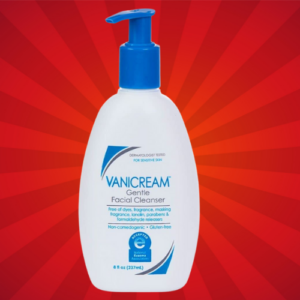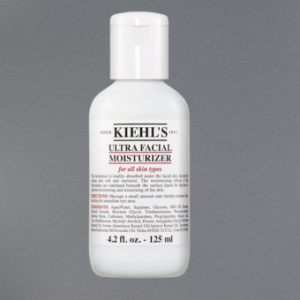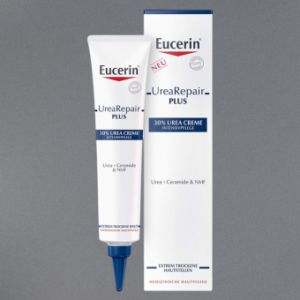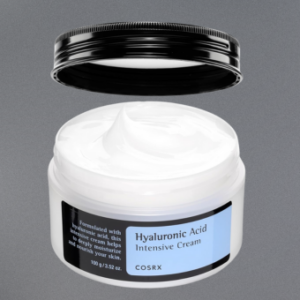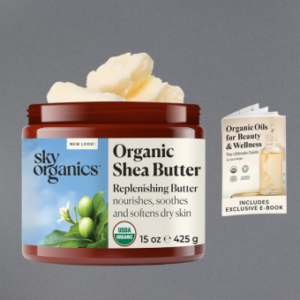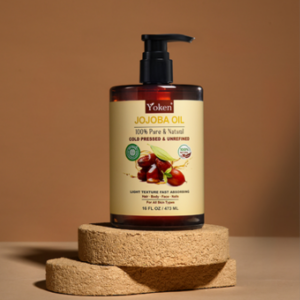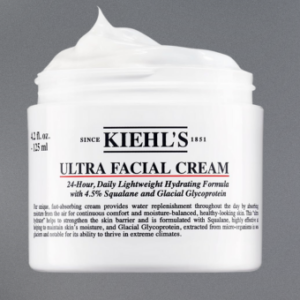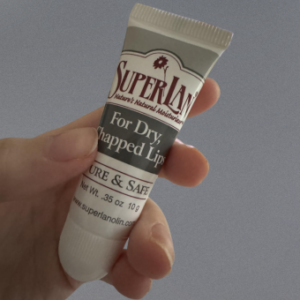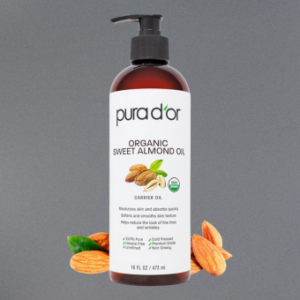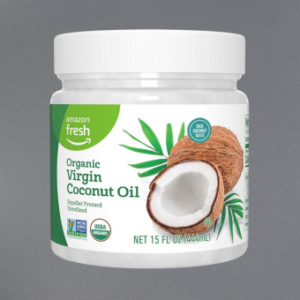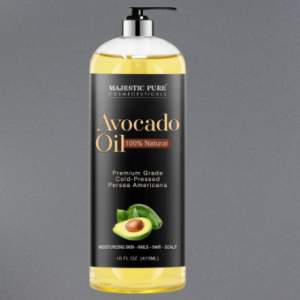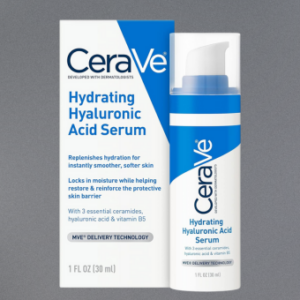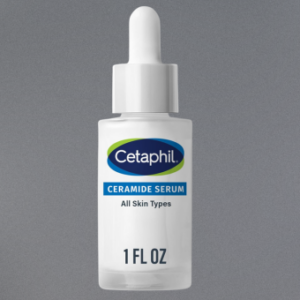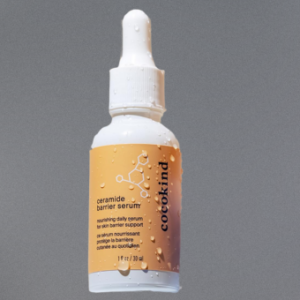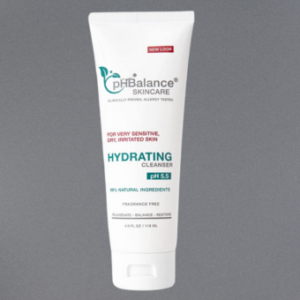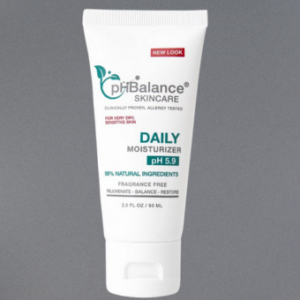This guide outlines the essential steps to identify the best ingredients for addressing dry skin in your skincare routine. It emphasizes the importance of recognizing beneficial components such as humectants, emollients, and occlusives that can effectively soothe and hydrate dry skin. By understanding the properties of various ingredients, you can make informed choices that enhance your skincare regimen and improve your skin’s overall health.
Assess your skin type:
The table of content
Assess your skin’s condition carefully. Pinch a small area of your skin, particularly on your cheeks or forehead. If it feels tight and flaky, you’re likely dealing with dry skin. However, if it feels parched but still has an oily residue, your skin might be dehydrated. Observe how your skin responds throughout the day; if it feels tight after cleansing, it’s more indicative of dryness. Pay attention to the texture as well; rough patches can signal dryness, while a lack of moisture indicates dehydration.


Research common ingredients:
- Explore the benefits of hyaluronic acid, a powerful humectant that attracts moisture to the skin. Look for products that highlight this ingredient for optimal hydration.
- Investigate glycerin, another excellent humectant that helps maintain the skin’s moisture balance. Check labels to ensure glycerin is featured prominently.
- Learn about ceramides, which support the skin barrier and prevent moisture loss. Seek out creams and lotions that contain ceramides for a nourishing effect.
- Discover the advantages of natural oils like jojoba or almond oil, known for their emollient properties. Choose products with these oils to enhance skin softness and hydration.
- Compare different products and their ingredient lists to identify those rich in these moisturizing agents. Make a note of what works best for your skin type.
Check for skin compatibility:
- Assess your skin for any known sensitivities or allergies. Reflect on previous reactions to products and ingredients.
- Examine the ingredient label carefully for potential irritants, such as fragrances, alcohol, or harsh chemicals. Prioritize products formulated for sensitive skin if you have concerns.
- Conduct a patch test by applying a small amount of the product to a discreet area of skin, like your inner forearm.
- Wait 24 hours to observe any reactions, such as redness, itching, or swelling, before using the product on larger areas.
Consider your climate:
Evaluate how your environment affects your skin. Identify the climate you live in—dry, cold, or humid. If you’re in a dry or cold climate, incorporate richer creams or oils into your skincare routine to lock in moisture. In humid conditions, opt for lighter formulations to prevent your skin from feeling greasy. Adjust your products based on seasonal changes to maintain optimal skin health.
Evaluate product labels:
Read the labels of skincare products carefully. Search for ingredients that promote hydration, such as hyaluronic acid, glycerin, or aloe vera. Avoid products containing harsh chemicals, artificial fragrances, and alcohol, as these can worsen dryness and irritate your skin. Prioritize formulations that emphasize moisture retention and gentleness to support your skin’s health and comfort.
Seek recommendations:
Consult with dermatologists or skincare professionals for personalized recommendations. These experts can assess your skin type and condition, offering tailored advice and product suggestions that work best for your unique needs. For example, if you have extremely dry skin, a dermatologist might recommend a specific moisturizer enriched with ceramides or hyaluronic acid.
Explore online reviews and forums for additional insights into effective products for dry skin. Look for platforms like Reddit or dedicated skincare communities where users share their experiences and results. Pay attention to products that consistently receive positive feedback, such as:
- Moisturizers: Look for brands like CeraVe or La Roche-Posay.
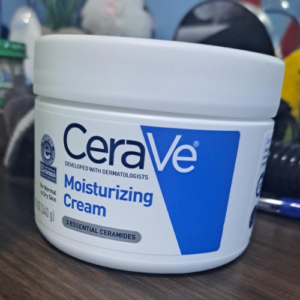
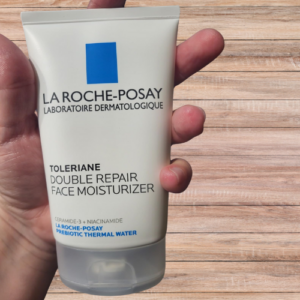
- Face Oils: Consider trying argan oil or squalane oil for added hydration.
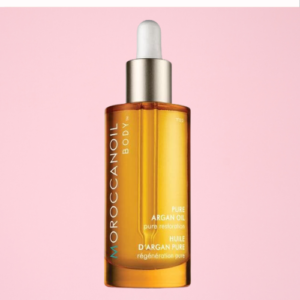
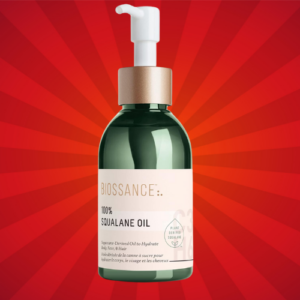
- Cleansers: Opt for gentle, hydrating cleansers that won’t strip your skin’s moisture, like the Vanicream Gentle Facial Cleanser.
Engage with these resources to enrich your skincare journey and find the best products for your dry skin.
Trial and error:
- Select a few potential ingredients to incorporate into your skincare routine.
- Apply each ingredient one at a time, allowing a few days between each application to gauge your skin’s reaction.
- Monitor your skin closely for any signs of irritation such as redness, itching, or breakouts.
- Take notes on how your skin feels and looks after using each ingredient, noting any improvements or changes.
- Adjust your routine based on your observations; discontinue use of any ingredient that causes irritation or does not yield desired results.
- If you find an ingredient that works well, consider incorporating it consistently into your regimen for long-term benefits.
Adjust your routine:
Evaluate your current skincare routine by noting how your skin reacts to different products and ingredients. Identify any concerns, such as dryness, oiliness, or breakouts, and take note of which products help or hinder your skin. Experiment with mixing ingredients; for example, combine a hydrating serum with a lightweight moisturizer to combat dryness without feeling heavy, or layer a soothing toner with a gentle exfoliant to balance your skin if you’re prone to breakouts. Keep track of these combinations in a journal, adjusting as needed based on how your skin responds over time.
Key takeaways for optimal care:
In conclusion, finding the best ingredients for your dry skin is a journey that combines knowledge, research, and a bit of experimentation. By understanding your unique skin type and the most effective components, you can tailor your skincare routine to meet your needs. Remember, consistency and patience are essential; give your skin the time it needs to respond to your new regimen. With the right approach, you’ll be well on your way to achieving the hydrated, healthy skin you desire!
Essential supplies needed:
- Moisturizers
- Serums
- Oils
- Exfoliants
- Hydrating masks
- pH strips
- Ingredient lists from products
- Skin patch test materials
- Weather apps or climate guides
- Sample products or travel sizes
- Skincare journals or logs
- Labels from skincare products
Essential ingredient insights:
- Know Your Skin Type: Understand that dry skin often feels tight, rough, or flaky. Identifying your skin’s specific needs is the first step in choosing the right ingredients
- Look for Humectants: Ingredients like glycerin as Kiehl’s Ultra Facial Moisturizer, hyaluronic acid (COSRX Hyaluronic Acid Face Moisturizer), and urea (Eucerin UreaRepair plus) draw moisture into the skin, helping to keep it hydrated
Buy on Amazon Buy on Amazon Buy on Amazon
- Choose Emollients: Ingredients such as shea butter, jojoba oil, and squalane help to soften and smooth the skin by filling in gaps between skin cells.
Buy on Amazon Buy on Amazon Buy on Amazon
- Select Occlusives: Look for ingredients like petroleum jelly, beeswax, or lanolin that create a barrier on the skin to prevent moisture loss
- Opt for Natural Oils: Oils like almond oil, coconut oil, and avocado oil are rich in fatty acids and can provide deep hydration and nourishment.
Buy on Amazon Buy on Amazon Buy on Amazon
- Check for Ceramides: These are lipids that help restore the skin’s barrier and retain moisture, making them essential for dry skin care.
Buy on Amazon Buy on Amazon Buy on Amazon
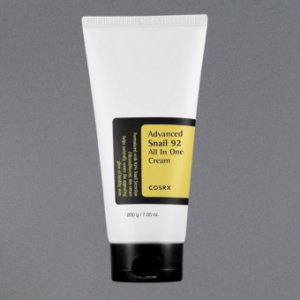
- Avoid Harsh Ingredients: Stay away from alcohols, sulfates, and fragrances, which can exacerbate dryness and irritation.
- Read Product Labels: Prioritize products with a high concentration of beneficial ingredients and fewer fillers or irritants.
- Consider pH Balance: Look for ingredients that help maintain your skin’s natural pH to keep it healthy and hydrated.
- Patch Test New Products: Always perform a patch test when trying new ingredients to ensure they won’t irritate your dry skin.
Step-by-Step guide to nourishing and hydrating your skin:
- Cleanser: Start with a gentle, hydrating cleanser that won’t strip your skin of its natural oils. Look for creamy formulas or oil-based cleansers that cleanse without drying
- Toner: After cleansing, apply a hydrating toner to help restore moisture. Choose one that contains ingredients like glycerin or hyaluronic acid to give your skin an extra boost of hydration
- Moisturizer: Use a rich, emollient moisturizer that locks in moisture. Look for products with ingredients like shea butter, ceramides, or oils (like jojoba or almond oil) to nourish and protect your skin
- Sunscreen: Don’t forget to apply sunscreen every morning, even if it’s cloudy! Opt for a broad-spectrum sunscreen with a moisturizing formula to keep your skin protected without further drying it out
- Weekly Treatment: Consider incorporating a hydrating face mask or a nourishing oil into your routine once or twice a week for an extra boost of moisture
- By following these steps, you’ll be well on your way to keeping your dry skin hydrated and healthy!
Essential tips for nourishing dry skin.
* What lifestyle changes can I make to improve the health of my dry skin?
To improve the health of your dry skin, there are several lifestyle changes you can make that can have a positive impact. Here are some effective strategies:
- Stay Hydrated: Make sure you’re drinking plenty of water throughout the day. Hydration helps maintain your skin’s moisture levels.
- Moisturize Regularly: Choose a good quality moisturizer that suits your skin type. Apply it right after bathing to lock in moisture. Look for ingredients like hyaluronic acid, glycerin, and ceramides.
- Adjust Your Bathing Routine: Take shorter, lukewarm showers instead of long hot baths, which can strip your skin of its natural oils. Use gentle, hydrating cleansers.
- Use a Humidifier: If you live in a dry climate or use heating in winter, a humidifier can add moisture to the air, which can help prevent your skin from drying out.
- Protect Your Skin: Wear sunscreen daily, even during cloudy days or winter months. UV rays can further dry out your skin.
- Choose the Right Fabrics: Wear soft, breathable fabrics like cotton. Avoid harsh materials that can irritate your skin.
- Eat a Balanced Diet: Incorporate foods rich in omega-3 fatty acids (like fish, flaxseeds, and walnuts), antioxidants (fruits and vegetables), and healthy fats (avocados, olive oil) to support skin health.
- Limit Alcohol and Caffeine: Both can dehydrate your body, which can affect your skin’s moisture levels. Moderation is key.
- Avoid Smoking: Smoking can impair blood circulation and make your skin appear dull and dry. Quitting can significantly improve your skin’s health.
- Manage Stress: High stress levels can exacerbate skin problems. Practice relaxation techniques such as yoga, meditation, or deep breathing exercises.
By incorporating these changes into your daily routine, you can help improve the hydration and overall health of your dry skin. Remember, consistency is key, and it may take some time to see noticeable results.
Refer: Create the Perfect Morning Skincare Routine with 9 Easy Steps
Dry Skin: Types, Risk Factors, and Treatments

